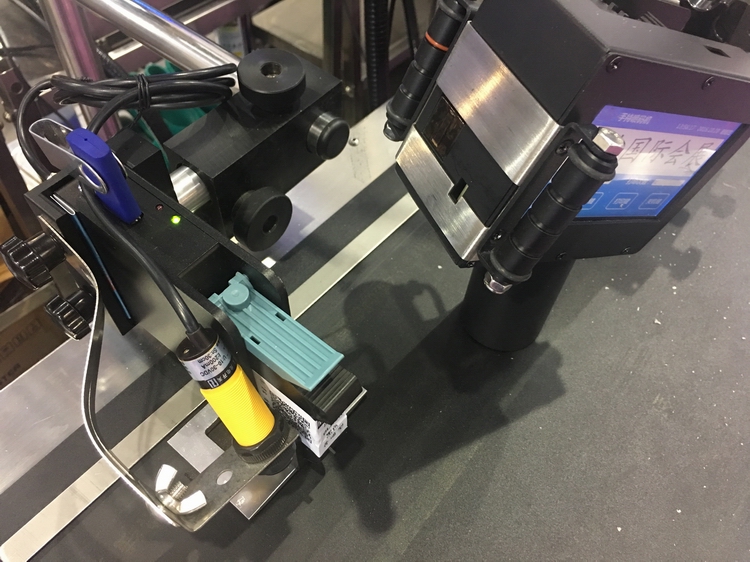1, select the parking space. When the wrecker arrives at the scene of the accident, the site should be surveyed first, and the main vehicle parking point and the accident vehicle lift should be selected. A flatter place should be chosen for parking. At the same time, it is necessary to estimate the weight of the crane when it is actually hoisted. Observe whether the crane is within the working range of the boom and try to make the main vehicle close to the crane. The distance to the crane should be taken into consideration when selecting the parking spot, including the space covered by the maximum telescopic stroke, up-tilt angle and horizontal rotation radius of the boom on the premise of meeting the lifting weight, and the space required for clearing or avoiding the rotation of the boom. In addition, special measures such as avoidance or power failure are taken for obstacles that cannot be removed, such as aerial cables that may be touched.
2. Put the wrecker into the parking spot, hang the neutral, pull the handbrake, and hang the second gear so that the power take-off can be engaged. Operate and control the outstretching of the legs before and after the right and left legs (two stop pins on the left and right legs of the back leg must be pinned to prevent the external force from retracting and causing danger), so that the wheels are about 20 to 50 mm off the ground. If the floor of the leg is soft, add a sleeper to the plug pad.
3, clean up the towed vehicle. No persons are allowed to stop in the accident car. Cargoes and objects that may affect lifting shall be unloaded to reduce weight. The weight of the lift shall be controlled within the prescribed range, and the impact of the object on the car body shall be reduced. The possibility of danger.
4. Select the place where the boom hook is hooked on the accident vehicle. It is required that the hook or lanyard must have enough strength to withstand the weight of the vehicle itself.
5. Pull out the rotating hanger stop pin, rotate the wrecker arm to the direction of the crane, extend the jib so that the top end of the jib is above the vertical center of the crane (estimated), and put down the steel cable to prepare to hang the crane. The joints must be connected before and during the hung, and the steel cables must not be twisted. Operate the height of the shrinking cable to keep the balance of the lifting object and increase it at a constant speed to prevent it from rolling over. When the accident vehicle is lifted to a certain height, rotate the boom to the open space and put it down. During the entire lifting process, the boom is not allowed to flex. During the rotation process, pay close attention to whether or not the main support brace leg is in a sagging state, and if it is found that there is significant subsidence, the operation should be stopped immediately.
6, after the boom can be extended to lift heavy objects from a very high point, this time must not be too much unilateral load and make the vehicle center of gravity out of the safe range, with particular attention should be paid to the vertical center of the rotating boom and wrecker When the line is in a right angle state, it is extremely easy for the wrecker to overturn because the load moment is too large. Generally, it can determine or judge the force allowed state of the boom at the time according to the crane lifting ability curve.
7. When the lifting work is completed, the boom should be fully retracted and rotated to lower the home position and lock the rotating seat. The cable reel of the hinged discs should be neatly arranged. When shrinking the steel cable, pay attention to timely control of the handle when the hook pulley is nearing its end, and do not damage the device to break the cable or cause the cable to collapse. Then all the legs are taken back and reset.
The HAE TIJ printer offers an idea solution to move from messy low resolution Drop On Demand (DOD), Roller Coders or expensive to operate and service continuous inkjet marking printer (CIJ) to a high quality, high resolution HAE Thermal Ink Jet Printer (TIJ) using the latest original HP ink cartridges for reliable print onto primary and secondary packaging. A compact, low cost solution for Lot Codes, Date and Time, Sell by and Best Before and Use-By Dates, Product Information, Batch and Production data, Traceability Codes, Specifications, Branding, Sequential numbers, Expiry dates, bar codes, logo and free text to meet your coding needs. Simple to use and PC software included with the HAE Inkjet marker makes complex messages easy to manage and to easily back up or move to other HAE TIJ coding printers for security of code.

Tij Inkjet Printer,TIJ Inkjet Coder,Thermal Inkjet Printer,Date Coding Machine,Inkjet Marking Machine,Inkjet Marking Printer,Thermal Inkjet Printer
Wuhan HAE Technology Co., Ltd. , https://www.lnsuccess.com